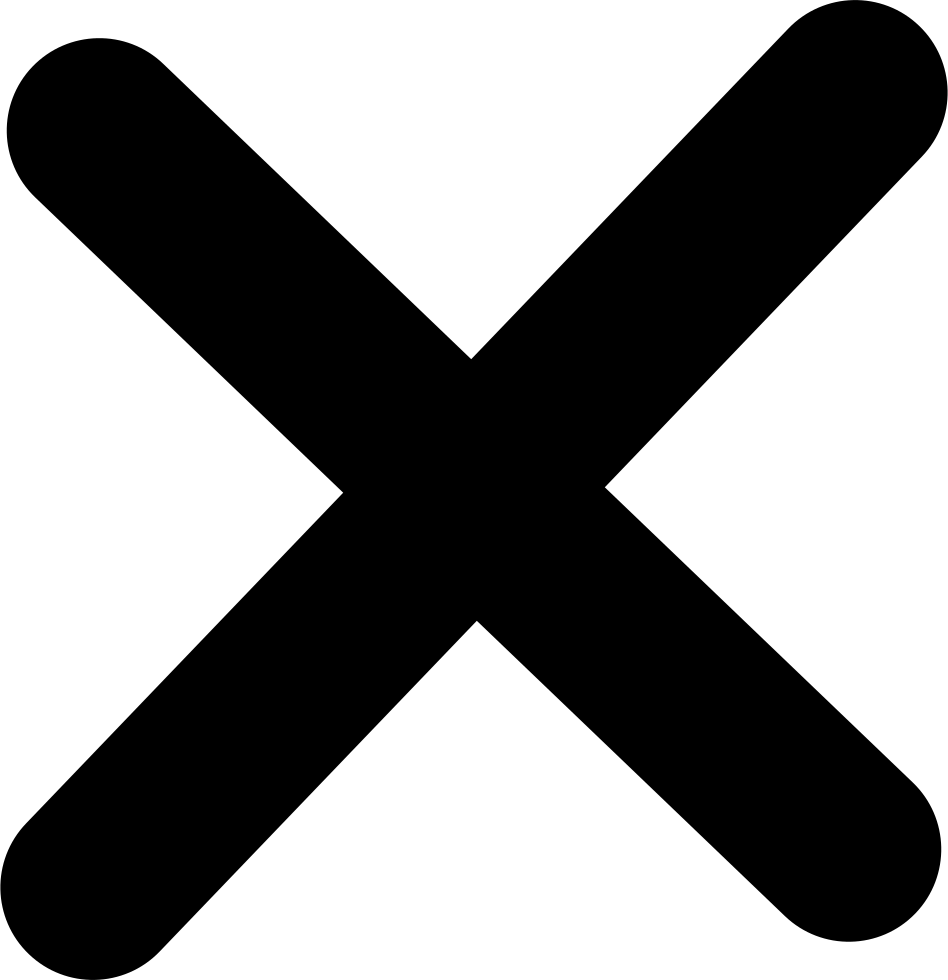2048 - play the popular game in an American style boardgame
About 2048
2048 is a single-player sliding block puzzle game designed by Italian web developer Gabriele Cirulli. The game's objective is to slide numbered tiles on a grid to combine them to create a tile with the number 2048; however, you can keep playing the game, creating tiles with larger numbers. In this version we made a slight change and added an American style background. We hope you enjoy it.
How to play 2048
2048 Game Instructions
Use your arrow keys to move the tiles. When two tiles with the same number touch, they merge into one. The game is won when a tile with a value of 2048 appears on the board. Good luck!
2048 is played on a gray 4×4 grid, with numbered tiles that slide smoothly when a player moves them using the four arrow keys. Every turn, a new tile will randomly appear in an empty spot on the board with a value of either 2 or 4. Tiles slide as far as possible in the chosen direction until they are stopped by either another tile or the edge of the grid. If two tiles of the same number collide while moving, they will merge into a tile with the total value of the two tiles that collided. The resulting tile cannot merge with another tile again in the same move. Higher-scoring tiles emit a soft glow.
A scoreboard on the upper-right keeps track of the user's score. The user's score starts at zero, and is incremented whenever two tiles combine, by the value of the new tile. As with many arcade games, the user's best score is shown alongside the current score.
The game is won when a tile with a value of 2048 appears on the board, hence the name of the game. After reaching the 2048 tile, players can continue to play (beyond the 2048 tile) to reach higher scores. When the player has no legal moves (there are no empty spaces and no adjacent tiles with the same value), the game ends.
Game history
2048 was originally written in JavaScript and CSS during a weekend, and released on March 9, 2014, as free and open-source software subject to the MIT license. Clones written in C++ and Vala are available. There is also a version for the Linux terminal.
2048 has been described as very similar to the Threes! app released a month earlier. Cirulli himself described 2048 as a clone of Veewo Studios' app 1024, who has actually said in the description of the app to be a clone of Threes!.
The simple gameplay mechanics (just four directions) allowed it to be used in a promo video for the Myo gesture control armband, the availability of the code underneath allowed it to be used as a teaching aid for programming, and the second-place winner of a coding contest at Matlab Central Exchange was an AI system that would play 2048 on its own.
There also exists another type of this game, called 177147, which is actually used with exponents of 3 instead of 2.

 Get free games updates:
Get free games updates: